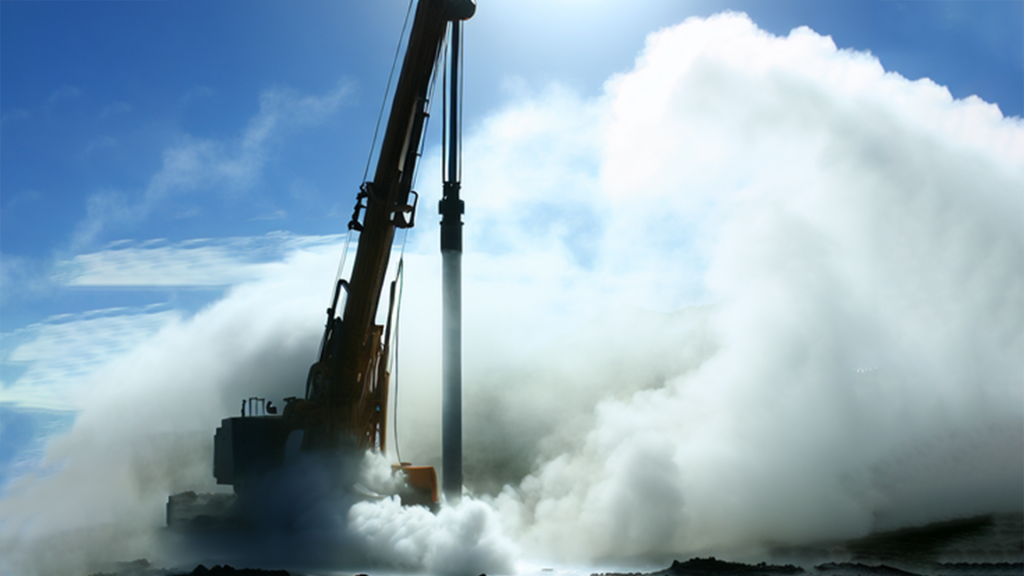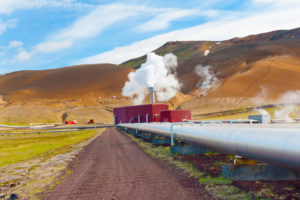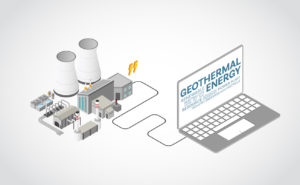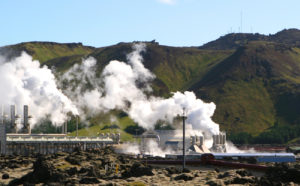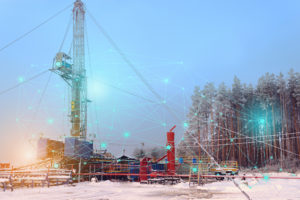The OptiDrill Project is working on developing a real-time advisory system to overcome the socio-techno-economic uncertainties of deep geothermal drilling.
Geothermal has been considered one of the most carbon-neutral, sustainable, and renewable sources of energy that can provide both baseload and dispatchable power to the grid. Despite its potential to be an important player in the transition to a net-zero future, geothermal is presently the most underutilised renewable resource due to the high cost of deep geothermal.
A major element of the cost in any geothermal project relates to drilling and completion, accounting for up to 70% of the overall project development. In addition to that, the drilling industry faces several challenges when it comes to geothermal well drilling and completions, such as low rate of penetration (ROP) and lack of bottom hole awareness, resulting in tripping and non-productive time (NPT) spent on formation characteristics.
The industry lacks digitisation and automation, relying on personal skills and old data. Existing drilling systems are designed for hydrocarbon basins with oil-based muds, limiting their usefulness for geothermal and hard rock formations. Current systems are also based on rotary drilling, whereas the geothermal drilling sector requires new technologies like percussion and non-contact thermal drilling.
The digital transformation of the upstream energy industry has spawned exponential growth in the amounts and types of data generated in recent years. Advancements in Machine Learning (ML) and Artificial Intelligence (AI) are creating opportunities for innovation and optimisation in the geothermal drilling industry. These innovative tools improve the accuracy and the cost of geothermal exploration and optimise geothermal operations – driving down the overall cost of geothermal energy.
The use of Machine Learning algorithms can help to identify anomalous responses in data and to differentiate between drilling problems and operational or logistical difficulties. By developing remediation strategies based on the findings, it may be possible to de-risk deep geothermal heat projects and make them more attractive to investors.
